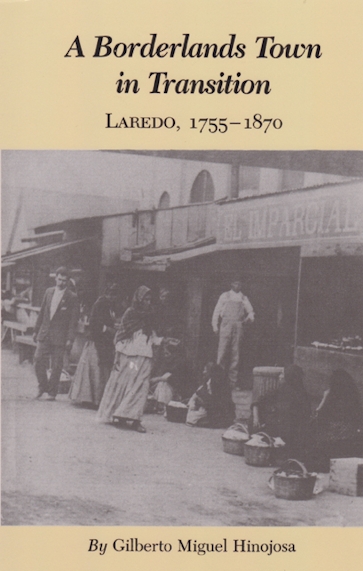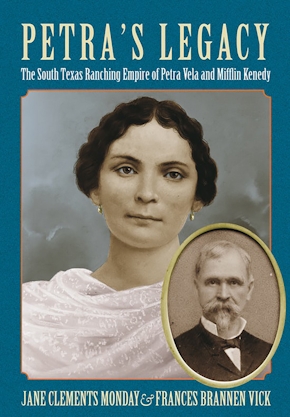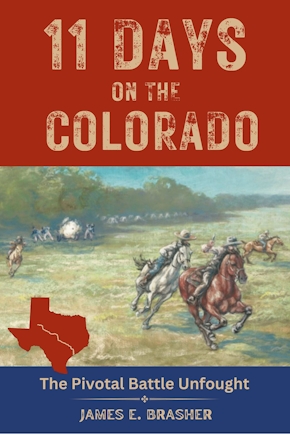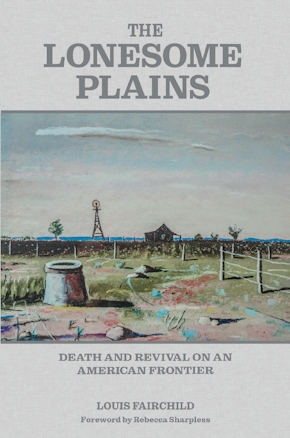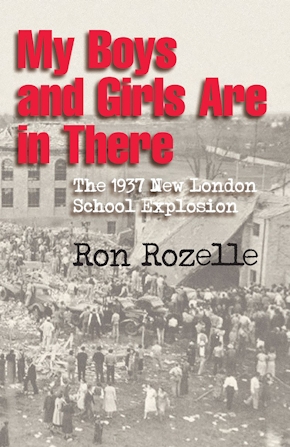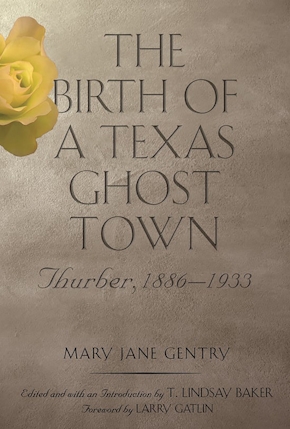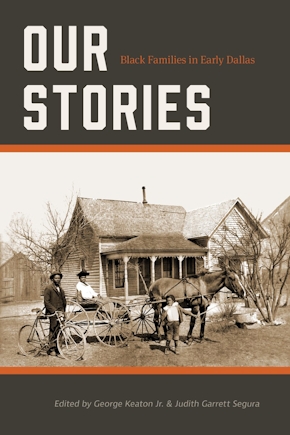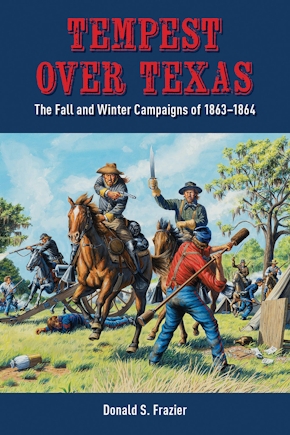Borderlands Town in Transition
Laredo, 1755-1870
978-0-89096-977-9 Paperback
6 x 9 x 0 in
168 pp. Illus.
Pub Date: 06/01/2000
Available
BUY NOW
- Paperback $17.95 s
Established in 1755 as an outpost of New Spain, Laredo, like other borderlands towns, has periodically been buffeted by powerful outside forces that upset the stable society and family unity characteristic of the early villa. Unlike some other border communities, though, it has maintained a prominent Mexican-American political and economic elite.
Applying quantitative techniques of demographic analysis and interweaving their results with more traditional narrative, Gilberto Miguel Hinojosa tells the story of a borderlands town and its people. He shows how larger events such as war, economic depression, and changes of sovereignty affected family structure, racial and ethnic divisions, social-class relations, age composition of the population, property ownership, literacy, and other aspects of the daily lives of the townspeople. His conclusions suggest that life in these communities was far from the static, uneventful existence it was once believed to be.
Reviews
Published by Texas A&M University Press
